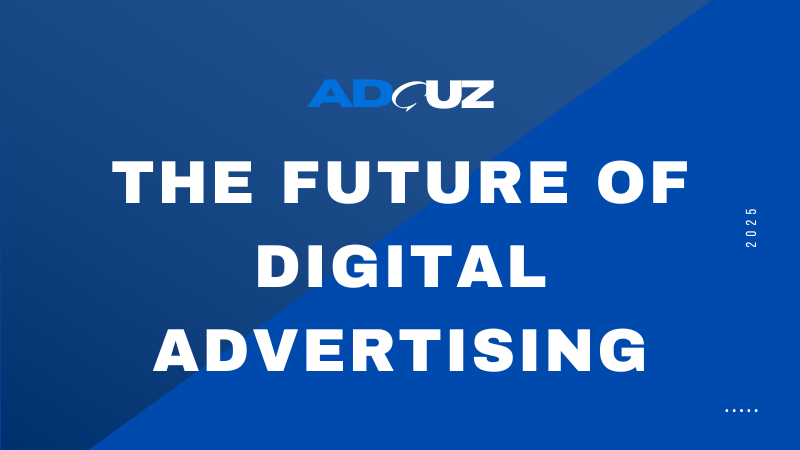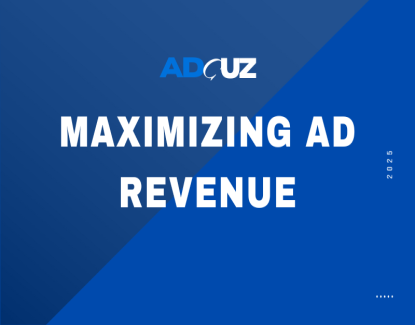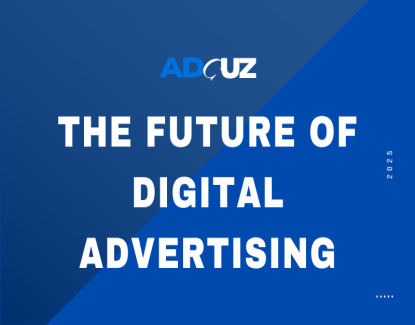
- 21 Mar 2023
The Future of Digital Advertising
The landscape of digital advertising is on the brink of a revolution. Driven by new technology, evolving consumer behavior, and a global push for data privacy, the old rules are being rewritten. The future of digital advertising isn't just about finding new places to put ads; it's about fundamentally changing how we connect with audiences.
Here are the major trends and shifts that will define the future of the industry.
1. The End of Third-Party Cookies and the Rise of First-Party Data
For over two decades, third-party cookies have been the bedrock of digital advertising, enabling cross-site tracking for targeting, personalization, and measurement. With their impending deprecation by major browsers like Google Chrome, the industry is facing a massive disruption.
The Shift: Advertisers are moving away from relying on anonymous third-party data and are now prioritizing first-party data—information they collect directly from their own customers. This includes email addresses, purchase history, and on-site behavior.
The Opportunity: This shift empowers brands to build stronger, more direct relationships with their customers based on trust and consent. It puts the control of data back in the hands of the publisher and the advertiser, creating a more transparent and valuable ecosystem.
2. The AI and Machine Learning Revolution
Artificial intelligence is no longer a buzzword; it's a core component of modern advertising. AI and machine learning are automating complex tasks, generating content, and providing unprecedented levels of personalization.
Hyper-Personalization at Scale: AI-powered algorithms analyze vast datasets to create predictive models of customer behavior. This allows for hyper-personalized ad creative, dynamic content optimization, and automated bidding strategies that are far more effective than human-led campaigns.
Creative Automation: Generative AI tools are now capable of creating ad copy, images, and even video content in a fraction of the time. This allows advertisers to test hundreds of creative variations simultaneously, instantly learning what resonates most with their audience.
Generative Engine Optimization (GEO): With the rise of AI-powered search overviews and platforms like ChatGPT, traditional SEO is evolving. The new focus is on creating content that is not only ranked by search engines but is also discoverable and trusted by AI-generated responses.
3. The Dominance of Retail Media Networks (RMNs)
Major retailers like Amazon, Walmart, and Target are leveraging their immense first-party data to become powerful advertising platforms in their own right.
What they are: RMNs are advertising businesses built on a retailer's digital and physical assets. They allow brands to advertise directly to customers with proven purchase intent, using highly valuable data on their shopping habits.
The Value Proposition: For brands, RMNs offer the Holy Grail of advertising: a closed-loop attribution system that connects ad exposure directly to an online or in-store sale. This provides a clear, measurable ROI that is hard to achieve on other platforms.
4. The Rise of Connected TV (CTV) and Interactive Formats
As viewers cut the cord on traditional cable, Connected TV (CTV) is taking its place. This shift is turning TV into a data-driven, addressable medium.
Programmatic CTV: Ad spots on streaming services are now bought and sold programmatically, allowing for the same precise targeting as online display ads. A brand can now show different ads to a user in the same show, based on their household income, location, or viewing habits.
Immersive Ad Formats: The future of advertising is highly interactive. Augmented Reality (AR) ads allow users to virtually "try on" products from their phones, while in-game ads are becoming a new, highly-engaged channel for reaching audiences. Video-first content will also continue to dominate, with short-form platforms like TikTok leading the way.
5. Ethical Marketing and The Data Clean Room
As privacy becomes a non-negotiable expectation for consumers, advertisers must adopt new tools and a more ethical mindset.
Data Clean Rooms: These secure, neutral environments allow multiple parties to match and analyze their first-party data without sharing the raw, personally identifiable information. This provides a way for publishers and advertisers to collaborate on audience targeting and measurement while maintaining privacy.
A Focus on Value: The future of advertising is about mutual exchange. Users are more willing to share their data in exchange for a personalized and valuable experience. Brands that lead with transparency and provide genuine value will earn consumer trust, making their advertising far more effective.
Conclusion: A New Era of Targeted Engagement
The future of digital advertising is complex, but it's also brimming with opportunity. The decline of third-party cookies is forcing innovation, pushing the industry toward a more data-driven, privacy-centric, and ultimately, more effective model.
The successful advertiser of tomorrow will be one who embraces this change by:
Building a robust first-party data strategy.
Leveraging AI to automate and personalize campaigns.
Diversifying into new channels like CTV and retail media.
Prioritizing user trust and ethical data practices.
The focus is shifting from "reaching everyone" to "engaging the right person." In this new era, the power of a single, highly relevant ad will far outweigh a million impressions that fall on deaf ears.





